Articles tagged authentication
Secure Your Express App with OAuth 2.0, OIDC, and PKCE
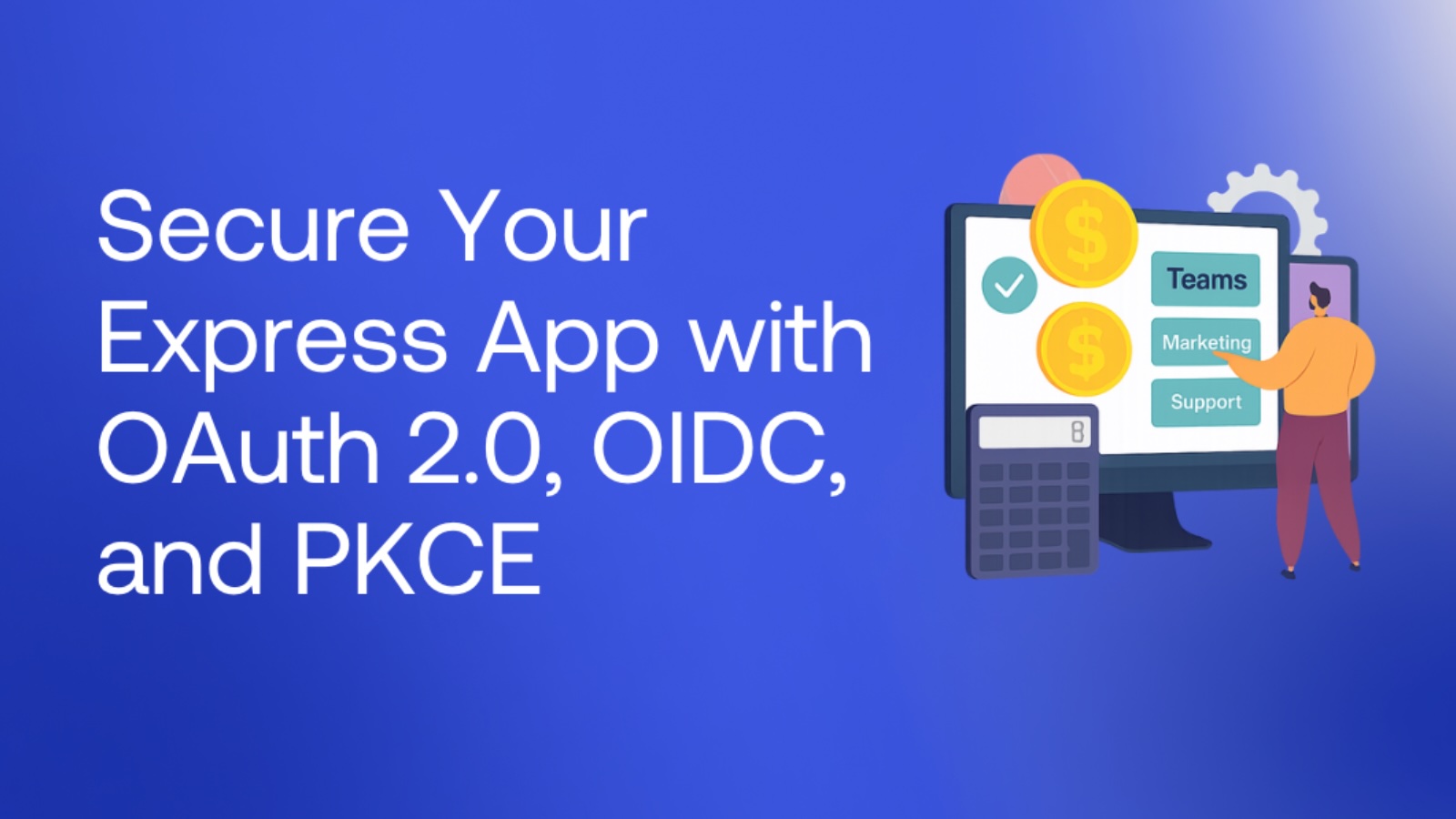
Every web application needs authentication, but building it yourself is risky and time-consuming. Instead of starting from scratch, you can integrate Okta to manage user identity and pair Passport with the openid-client library in Express to simplify and secure the login flow. In this tutorial, you’ll build a secure, role-based expense dashboard where users can view their expenses tailored to their team. Check out the complete source code on GitHub and get started without setting...
Add Step-up Authentication Using Angular and NestJS

The applications you work on expect good authentication as a secure foundation. In the past, we treated authentication as binary. You are either authenticated or not. You had to set the same authentication mechanism for access to your application without a standard way to change authentication mechanisms conditionally. Consider the case where sensitive actions warrant verification, such as making a large financial transaction or modifying top-secret data. Those actions require extra scrutiny! Note: In May...
We're Living in a Passwordless World

Passwords? Bah! Who wants to remember all those letter, number, and special character combinations? Password managers and password manager browser extensions can help us, but what if we stopped using passwords entirely? What if we stopped using authentication factors, such as SMS one-time passwords (OTP), that pose risks where malicious actors can access sensitive authentication information (phishing)? What if authentication was so seamless that we could use built-in device hardware capabilities instead? Seamless, easy-to-use authentication...
How to Build a Secure React and Fastify API App

The National Aeronautics and Space Administration (NASA) is an independent agency of the US federal government, responsible for space exploration and research, with field facilities across the United States. In this tutorial, we’ll set up an app to keep track of what NASA facilities we’ve visited and which ones we still want to check out. Our app will be a monorepo with Okta authentication, using React for the frontend and Fastify for the backend. Fastify...
Quick JavaScript Authentication with OktaDev Schematics

Hello, My name is Matt Raible, and I am a developer advocate at Okta. In early 2019, I created OktaDev Schematics to simplify my life when doing Angular demos. But let me step back a bit first. I’ve worked at Okta for over five years; before that, I was an independent consultant for 20 years, mainly doing Java and web development for clients. I’ve learned a lot about OpenID Connect (OIDC) and Okta’s JavaScript SDKs...
Use Redux to Manage Authenticated State in a React App

There are a myriad of state management options available for React. React provides the option of using the built-in Context for when you have a nested tree of components that share a state. There is also a built-in useState hook that will allow you to set local state for a component. For more complex scenarios where you need a single source of truth that changes frequently and is shared across large sections of your application,...
Use the Okta CLI to Build Secure Python Apps

Okta is a customizable, secure solution that lets you add authentication and access management to your applications. Since this can be a complex topic, we recommend setting up your first project with our CLI. In this walkthrough, we will: Configure the Okta CLI Teach you how to create your first application Learn about authentication and authorization credentials Set up hosted authentication with Okta and try it out Cover troubleshooting issues you might encounter Prerequisites This...
A Beginner's Guide to Application Security

Over the past decade, and even more swiftly since the time of the COVID-19 pandemic, digital transformation of the workplace has primarily been driven by applications. Apps have become an integral part of everyday life for many organizations. Modern applications are complex. Their functionality frequently relies on APIs and third-party integrations, leading to an increased attack surface and more security vulnerabilities. A data breach or an attacker exploiting a security weakness can permanently damage your...
Building a WebAuthn Application with Java

The Web Authentication (WebAuthn) specification, given official approval by the World Wide Web Consortium (W3C) and the FIDO Alliance in 2019, aims to strengthen online security by allowing users to sign in to sites with elements like biometrics and FIDO security keys. The WebAuthn API can replace or supplement less-secure passwords, which may be weak and are often shared. WebAuthn is supported by default in Firefox and Chrome browsers and can be used in Edge...
The Things to Keep in Mind about Auth
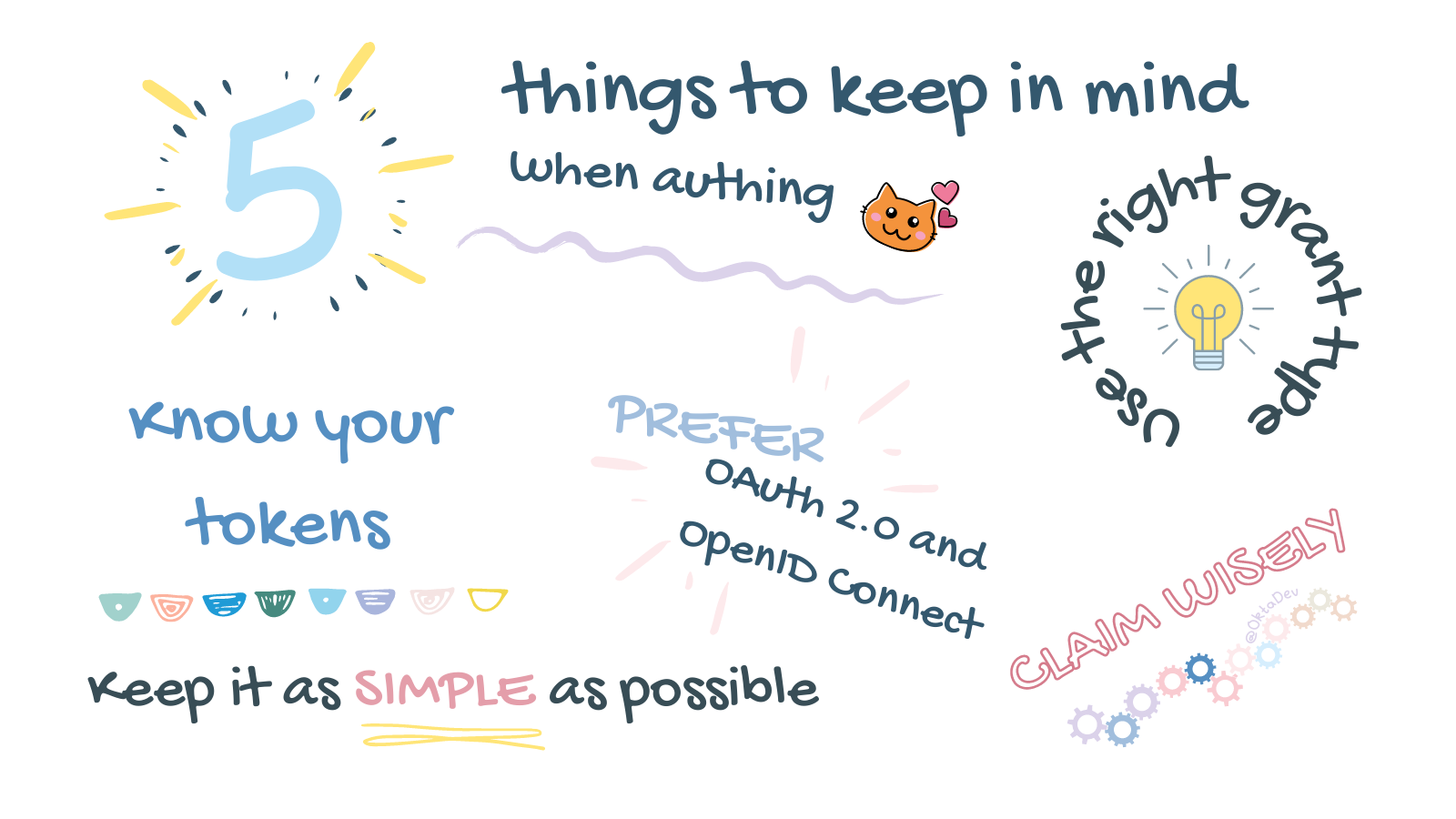
There’s a lot of information out there about adding authentication to your app, which is helpful! But also overwhelming. It can be hard to find relevant and up-to-date information. Security best practices and technologies change, so refreshing your understanding and keeping up with current best practices is a good thing. Here are some notes I took while I reviewed my knowledge and applied my experience implementing auth. Prefer OAuth 2.0 and OpenID Connect If you’re...
Developer Day 2021: Celebrating the Future of Identity

It’s been a big year for Okta and Auth0. Our two companies have officially joined forces over the past few months, and we are excited about the chance to shape the future of identity together. It’s great to celebrate our combined developer communities at the first Developer Day event. I look forward to exploring more ways we can collaborate with our Auth0 counterparts and far-flung global communities through future events and activities. On Tuesday, 8/24,...
Build and Secure an API in Python with FastAPI
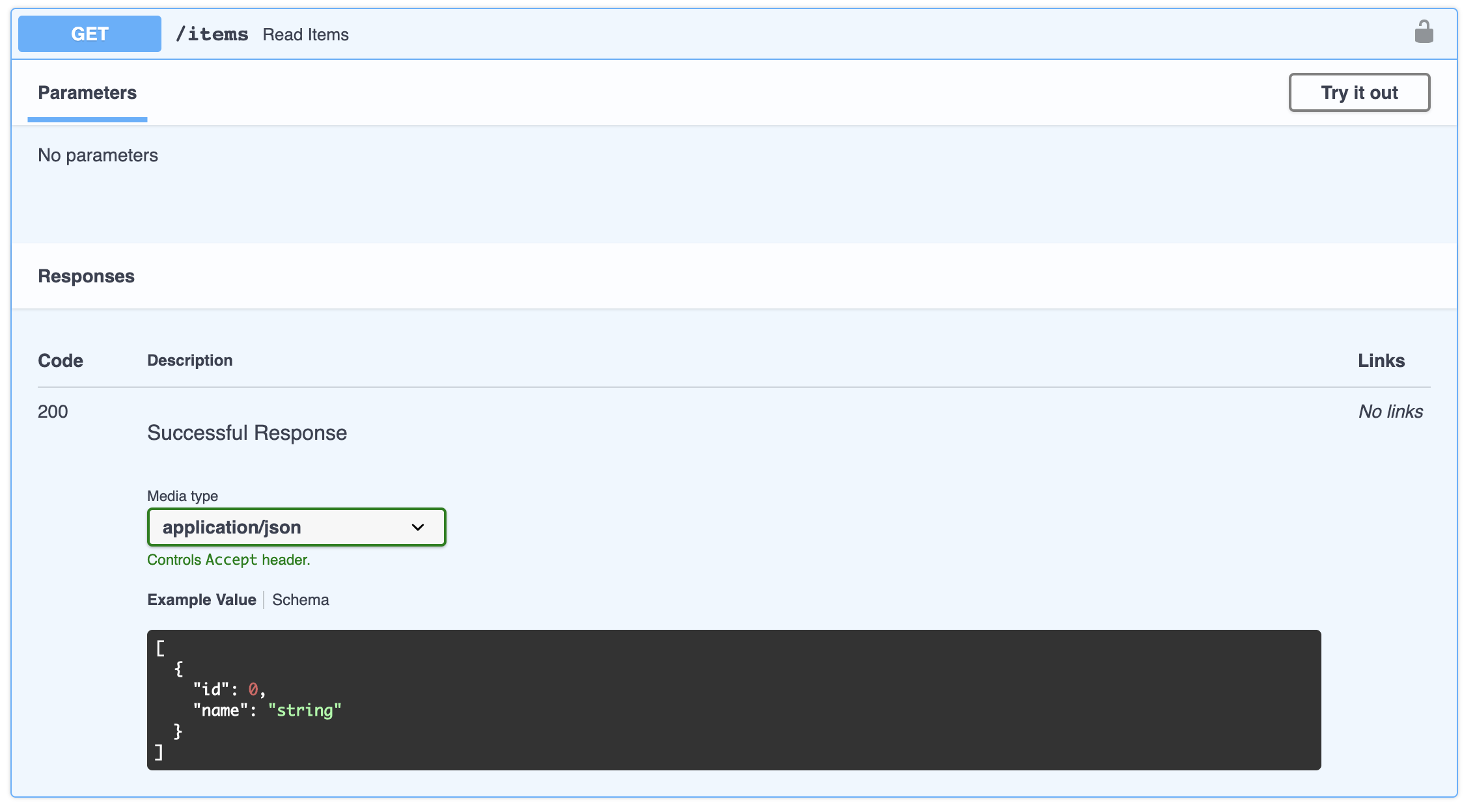
As Python grows in popularity, the variety of high-quality frameworks available to developers has blossomed. In addition to steadfast options like Django and Flask, there are many new options including FastAPI. First released in late 2018, FastAPI differentiates itself from other Python frameworks by offering a modern, fast, and succinct developer experience for building reliable REST APIs. While one of the newer open-source Python frameworks available, FastAPI has quickly gained a following with over 22,000...
Use the Okta CLI to Quickly Build Secure Angular Apps

The Okta CLI is a new tool we’ve created here at Okta. It’s designed to streamline creating new Okta accounts, registering apps, and getting started. Wwwhhaaattt, you might say?! That’s right, it’s super awesome! To show you how easy it is, I created a screencast that shows you how to use it with Angular. To create the same app as the one shown in this video, you’ll need to run okta start angular --branch widget....
Comparing Authentication in Laravel Versions 6, 7, and 8

Laravel is one of the most popular PHP frameworks in use today. Version 8 was released in September 2020, and while the bulk of the framework hasn’t changed, each of the three most recent versions have included updates to the authentication pattern. While Laravel 7 and 8 will both stop receiving updates in 2021, Laravel 6 is a long-term support version and will include security fixes until September 2022. So, if you’re upgrading or starting...
Welcome Nick Gamb
My name is Nick Gamb and I am excited to be joining the Okta Developer Advocacy team for the .NET community. Who Am I At heart, I am just an inquisitive nerd who has had a very fortunate career getting to do many different things. I love video games, computers, programming, hacking, security, DevOps, data, film, photography, sound design, editing -it’s a long list. For the brave and interested, the longer, but still condensed, version...
Node.js Login with Express and OIDC
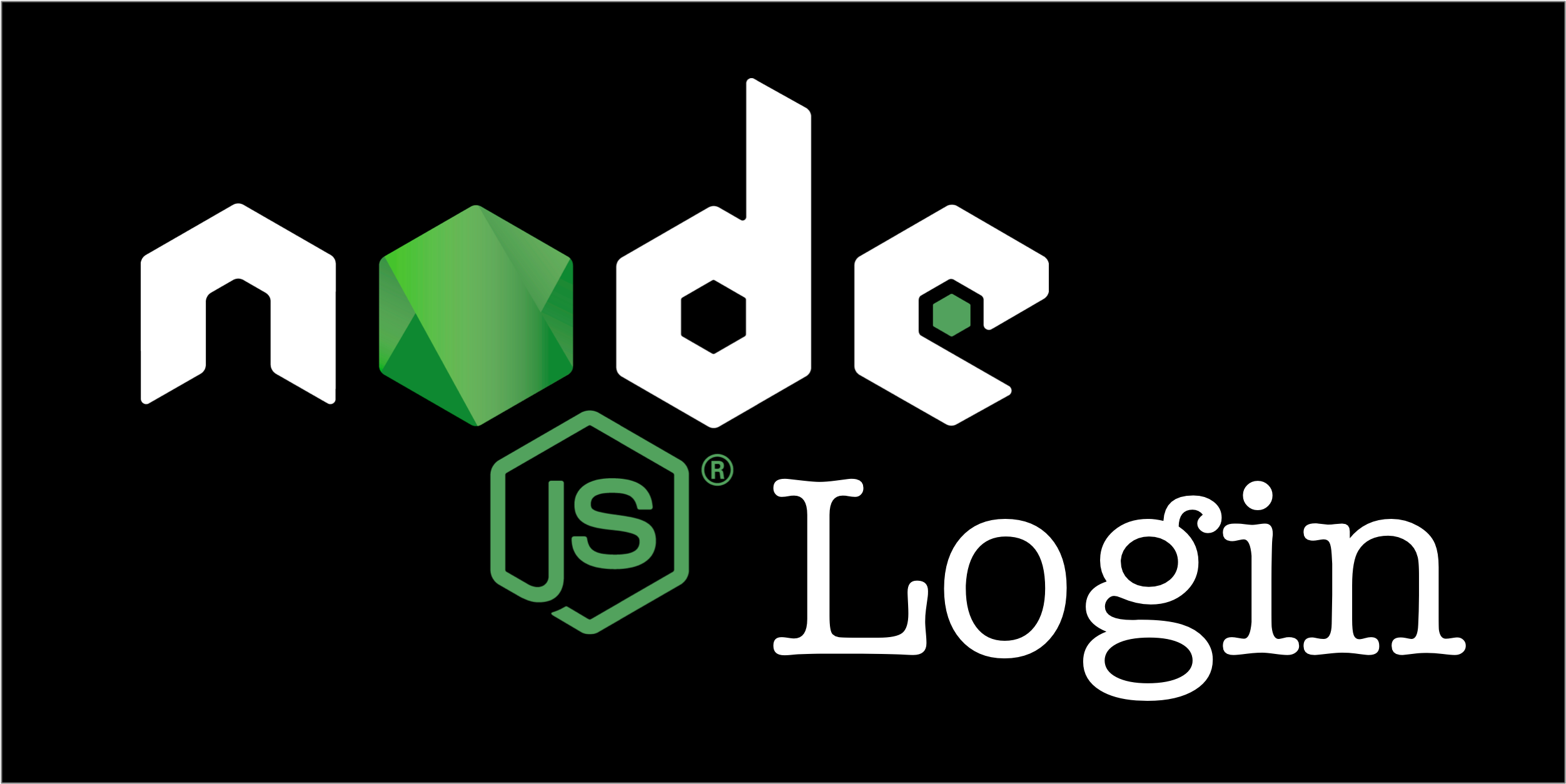
Node.js just celebrated its 11th birthday on May 27! With the state of things nows, it’s pretty crazy to think back to the massive JavaScript Renaissance boost of 2009. In case you’re not aware, the JavaScript Renaissance began in around 2004 with Ajax, increased exponentially with jQuery in the mid-2000s, and then really took off with Node.js and a plethora of early JavaScript web frameworks; including Backbone.js, Ember.js, and AngularJS. Today, I’d like to show...
Build an Android Application with Authentication

With mobile apps becoming ever-present in users' lives, following best security practices has become essential in protecting your users and your apps. Implementing security alone and from the ground up can be costly for your development team, create a less-than-ideal user experience, and be susceptible to design/implementation errors. The easiest path to strong security, and a positive user experience, is to turn to the experts. The Okta OIDC SDK can help with this in many...
Build a CRUD Application with Kotlin and React
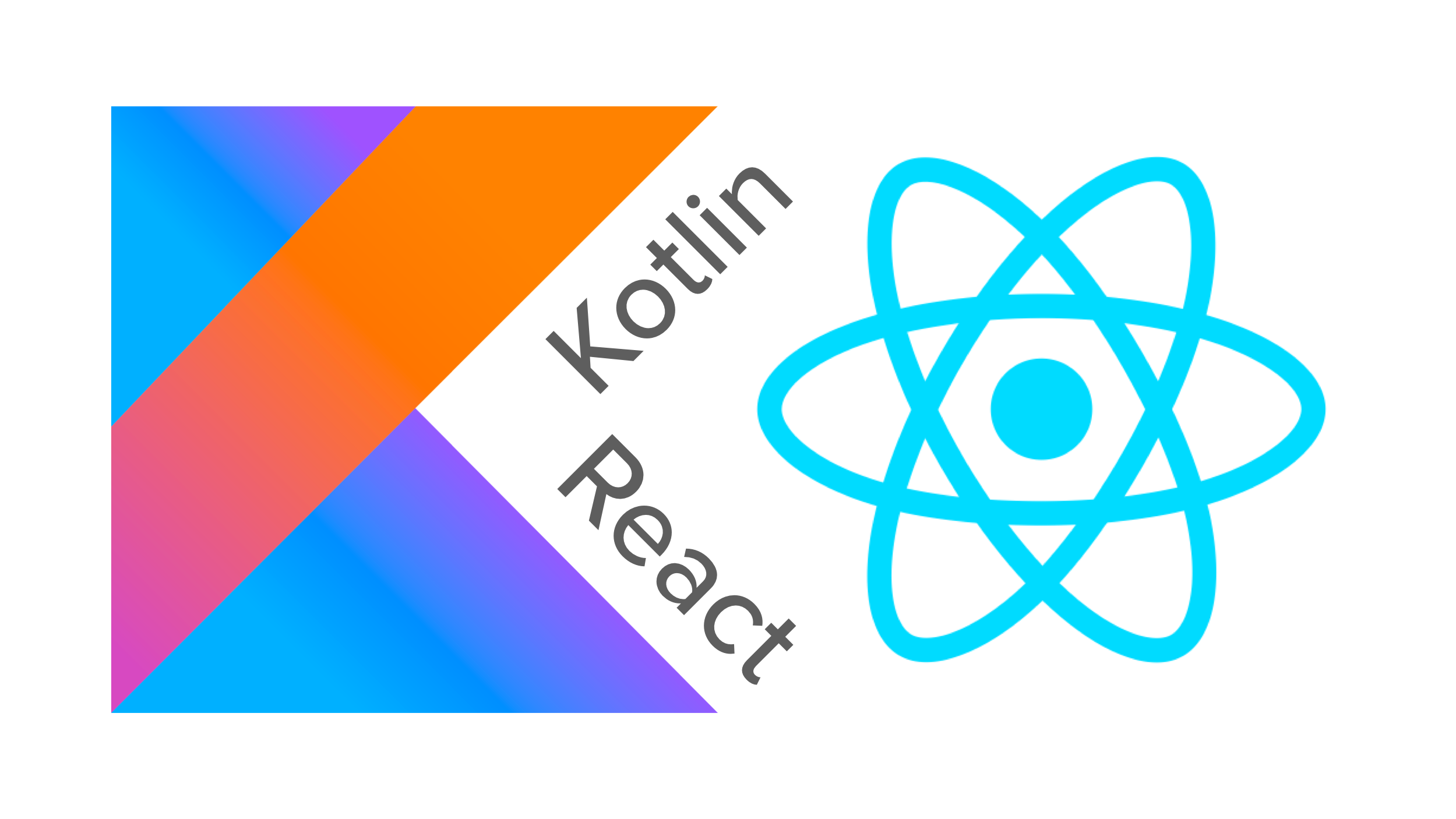
In this tutorial, you’re going to build a client and server application using React for the frontend and Kotlin with Spring Boot for the backend. You’ll first build the app unsecured before securing it using Okta. To secure the React frontend, you’ll use OAuth 2.0 login, and for the backend, you’ll use a JSON Web Token and Spring Boot’s resource server OAuth implementation. This tutorial covers a lot of ground. It also uses a lot...
Get Started with Koa.js for Node Applications

Ever since JavaScript made its giant leap from frontend to backend more than 10 years ago, Express has been the go-to library for writing server-side javascript and virtually synonymous with Node.js. It was (and in many aspects it still is) a modern and simple approach backend APIs. Declarative tree-like structure of routes, native support for middleware, asynchronous request processing and a miniature memory footprint all make Express very robust for a backend. As good as...
An Illustrated Guide to OAuth and OpenID Connect

In the “stone age” days of the Internet, sharing information between services was easy. You simply gave your username and password for one service to another so they could login to your account and grab whatever information they wanted! Yikes! You should never be required to share your username and password, your credentials, to another service. There’s no guarantee that an organization will keep your credentials safe, or guarantee their service won’t access more of...
Painless Node.js Authentication
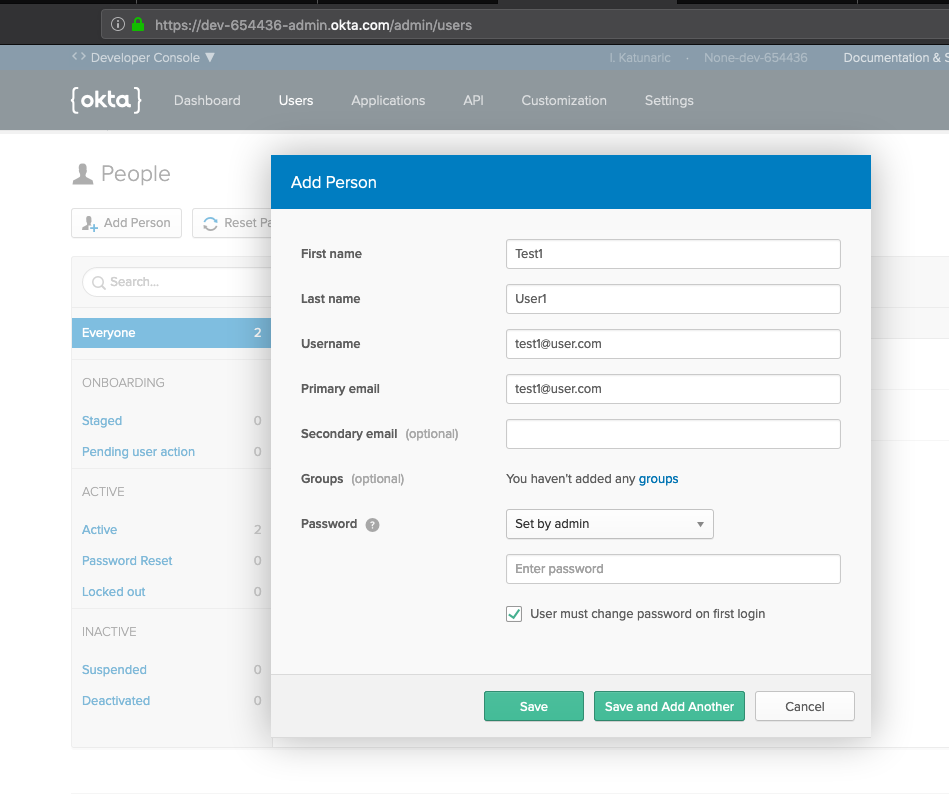
User authentication is a critical component of just about every web application. Unfortunately, while authentication is a core part of all websites, it can still be difficult to get right. Despite the Node.js community being around for a while, there still aren’t a lot of simple, foolproof ways to authenticate users in Node.js applications. In this article I’m going to explain how to build a Node.js application that authenticates users in a best practices way....
JWTs in React for Secure Authentication

Although authentication is a common requirement for web apps, it can be difficult to get it right, especially if you’re by yourself or part of a small team. That’s why many sites choose to use OAuth 2.0 to let a third-party handle authentication for them. They just need to know how to decode a JSON Web Token (JWT), rather than how to store a bunch of user information and pray they aren’t the next company...
How to Develop a Quarkus App with Java and OIDC Authentication

Quarkus is a container-first Kubernetes Java framework designed to have a super-fast start-up time and low memory usage. The container-first strategy emphasizes packaging the runtime environment along with the application code, allowing both to be tightly optimized and avoiding the endless updates and configuration problems that can come along with monolithic server systems. Quarkus was built from the beginning to support compilation to native code for use with Graal/SubstrateVM but also supports the good old...
Build a Simple Laravel App with Authentication

PHP remains the single most popular language choice when creating the backend of a new web application. Within the PHP ecosystem, there are many options when starting a new project: you can use a content management system (CMS) like Wordpress or Drupal, or one of the many frameworks with large user bases and active communities in the PHP world (such as Symfony, CakePHP, CodeIgniter, Yii, Zend Framework). However, if you look at the PHP framework...
Servlet Authentication with Java

It can be very satisfying to build an application “the hard way”, using few conveniences. This approach helps you understand core development principles and the inner workings of everyday abstractions. That’s why today, you’ll build an application from the ground up using Java Servlets with a login form. There are more modern, technologically savvy ways to handle authentication within your application, namely OAuth 2.0 and OIDC, which I will touch upon later. However, this post...
Tutorial: User Login and Registration in Ionic 4
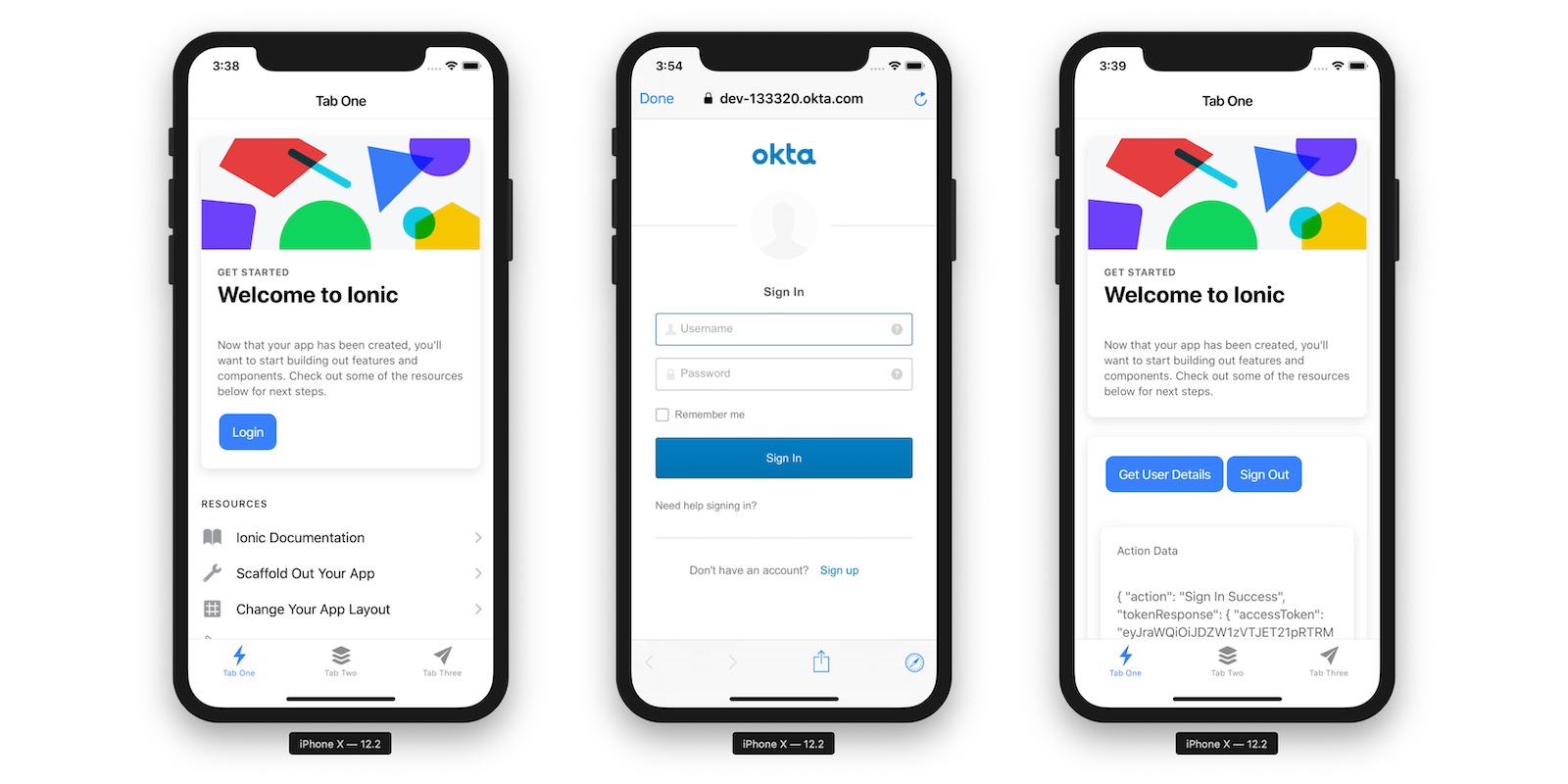
Ionic allows you to develop PWAs and hybrid mobile apps. PWAs are web applications that run in a browser and allow for offline capabilities via service workers. They can be installed on desktops and mobile devices, just like you install apps on your smartphone. Hybrid mobile apps are like native mobile apps, except they’re built using web technologies. Ionic 2 was based on AngularJS. Ionic 3 was based on Angular. Ionic 4 allows you to...
Alexa, Sign In Every Time: Voice-Only Authentication Verification in .NET

Authentication for voice, specifically Amazon’s Alexa, has its limitations. The initial Account Linking process Amazon provides for identification works for many scenarios, but it is only done once (signing into the skill via the Alexa mobile app or website), and all subsequent sessions with the skill are linked - no log-in screen presented again. I’ve often been asked what the options are for verifying every time a user engages with an Alexa skill. For example;...
Build Simple Authentication in Express in 15 Minutes

Building web pages with user authentication can be a huge pain. You typically need to set up some sort of database to manage users even if you’re not using the database for anything else. You would then need to store their password hashes, and you almost need a degree on internet security to know the safest ways to do that. What if I told you it didn’t have to be so complicated? Using Okta and...
Use Schematics with Vue and Add Authentication in 5 Minutes

Schematics is a tool from the Angular team that allows you to manipulate projects with code. You can create files, update existing files, and add dependencies to any project that has a package.json file. That’s right, Schematics aren’t only for Angular projects! In this post, I’ll show you how to use Schematics to modify a project created with Vue CLI. Why Vue? Because it’s fast and efficient. Its default bundle size is smaller than Angular...
Angular Authentication with JWT

User registration and authentication are one of the features that almost no web application can do without. Authentication usually consists of a user entering using a username and a password and then being granted access to various resources or services. Authentication, by its very nature, relies on keeping the state of the user. This seems to contradict a fundamental property of HTTP, which is a stateless protocol. JSON Web Tokens (JWTs) provide one way to...
Simple User Authentication in React

In 2019, it’s quite easy to find React components for pretty much everything. For example, if you want to add user authentication to your app, you can do so easily with Okta’s React component. Here I’ll walk you through creating a simple, fun React app that fetches random Chuck Norris jokes. I’ll then show you how you can add user authentication and customize your user experience, so the jokes will replace Chuck Norris’ name with...
Use Schematics with React and Add OpenID Connect Authentication in 5 Minutes

Developers love to automate things. It’s what we do for a living for the most part. We create programs that take the tediousness out of tasks. I do a lot of presentations and live demos. Over the past year, I’ve noticed that some of my demos have too many steps to remember. I’ve written them down in scripts, but I’ve recently learned it’s much cooler to automate them with tools powered by Schematics! Schematics is...
Add Social Login to Your JHipster App

Social login is a great way to offer your customers a simple and secure authentication method. Why force them to create and forget yet another password? The vast majority of your users will have an account with Facebook or Google, so why no go ahead and let them use one of these accounts to log in? In this tutorial, you are going to integrate two social login providers: Google and Facebook. You are also going...
Modern Token Authentication in Node with Express
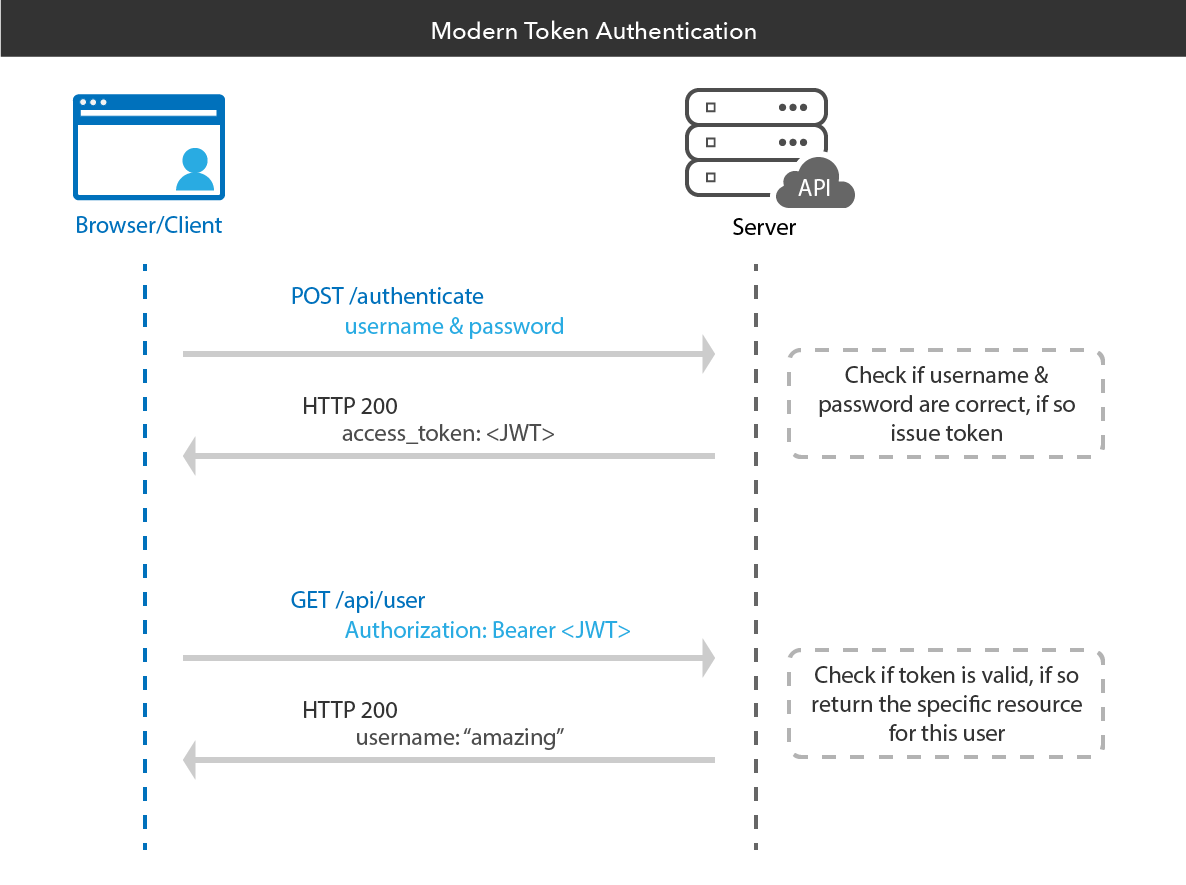
Token authentication is the hottest way to authenticate users to your web applications nowadays. There’s a lot of interest in token authentication because it can be faster than traditional session-based authentication in some scenarios, and also allows you some additional flexibility. In this post, I’m going to teach you all about token authentication: what it is, how it works, why you should use it, and how you can use it in your Node applications. Let’s...
Use Angular Schematics to Simplify Your Life

When I first started to learn Angular (it was called Angular 2 at the time), I was appalled by the number of files you needed to create to get a basic "Hello, World" example working. As Angular matured, a lot of this pain went away thanks to Angular CLI. Angular CLI is a command-line tool that generates a basic Angular project for you. In its 7.0 release, it started asking you questions about your application....
Welcome Micah Silverman

My name is Micah Silverman and I just joined the Developer Advocacy team at Okta. TL;DR - There are some easter eggs in this post. If you want to know what they’re all about - jump to the bottom. Funny thing is, I’ve been working for Okta for 2 years now, just on different teams. It was in the Sales Engineering and Education Services teams that I learned all the ins and outs of the...
Build Secure Login for Your Angular App

Single page applications (SPAs) are becoming more and more popular. Their appeal is obvious. Fast loading times gives users the feeling of responsiveness even over slow networks. At some point, a developer of a SPA has to think about authentication and authorization. But what do these two terms actually mean? Authentication deals with ensuring that a user truly is who they claim to be. This usually involves a login page in which the user provides...
Data Persistence with Hibernate and Spring

Note: In May 2025, the Okta Integrator Free Plan replaced Okta Developer Edition Accounts, and the Okta CLI was deprecated. We preserved this post for reference, but the instructions no longer work exactly as written. Replace the Okta CLI commands by manually configuring Okta following the instructions in our Developer Documentation. Java developers typically encounter the need to store data on a regular basis. If you’ve been developing for more than 15 years, you probably...
Build a Basic App with Spring Boot and JPA using PostgreSQL

Every non-trivial application needs a way to save and update data: a resource server that is accessible via HTTP. Generally, this data must be secured. Java is a great language with decades of history in professional, enterprise development, and is a great choice for any application’s server stack. Within the Java ecosystem, Spring makes building secure resource servers for your data simple. When coupled with Okta, you get professionally maintained OAuth and JWT technologies easily...
Navigating the ASP.NET Core Identity Landscape

These days, users of web application expect a personalized, secure experience. They want to make sure that they can easily get to their own information, and that no one else can access it. Developers of these web applications want a simple way to manage users and be assured that they have secured their users’ information from prying eyes. For developers of web applications written in ASP.NET Core, there are several choices for managing user identities....
Configure .NET Authentication in OWIN

The Open Web Interface for .NET (OWIN) is a standard that defines the interface between a web application and a web server. Prior to this standard in .NET, there was a tight coupling between .NET applications and Internet Information Server (IIS), which led to great difficulties when trying to expand to different web application/server technologies. The introduction of OWIN has created an abstraction between application and server that completely decouples one from the other. Thanks...
Bootiful Development with Spring Boot and Vue

Vue is a web framework that’s gotten a lot of attention lately because it’s lean and mean. Its baseline framework cost is around 40K and is known as a minimalistic web framework. With all of the recent attention on web performance and mobile-first, mobile-fast, it’s no surprise that Vue has become more and more popular. If you spent the time to learn AngularJS back in the day, chances are you’ll find an old friend in...
Use TypeScript to Build a Node API with Express
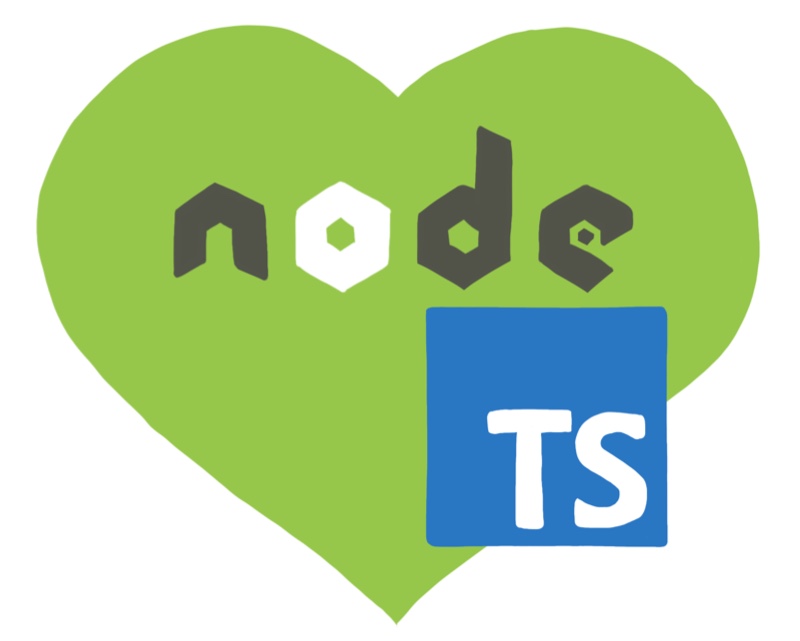
Like it or not, JavaScript has been helping developers power the Internet since 1995. In that time, JavaScript usage has grown from small user experience enhancements to complex full-stack applications using Node.js on the server and one of many frameworks on the client such as Angular, React, or Vue. Today, building JavaScript applications at scale remains a challenge. More and more teams are turning to TypeScript to supplement their JavaScript projects. Node.js server applications can...
Add Secure Authentication to your WordPress Site in 15 Minutes

Do you run a WordPress site and want to avoid managing a separate list of user accounts? Have you ever wanted to add two-factor authentication to WordPress? Typically WordPress keeps its own database of usernames and passwords, but if you run multiple websites, I’m sure you’re familiar with the pain of keeping lists of users in sync. Wouldn’t it be great if you could manage all your users in one place, letting them log in...
Add Login to Your ASP.NET Core MVC App

One of the improvements in the latest version of ASP.NET Core (MVC ) is a new and simplified authentication integration. However, managing authentication on your own is still a considerable burden. Not only do you need to handle signup and login, but you also have to set up the database, manage security aspects of registration and login, and take care of session management. Since the integration of external auth providers has never been more comfortable,...
Build a Simple Web App with Express, React and GraphQL

GraphQL and React have both become quite popular in the last few years, and it’s safe to say they go together like avocado and toast. A GraphQL server can be written in Node and lets you easily create a flexible API using JavaScript classes and functions. When a frontend developer queries the server, only the information asked for gets processed. This means you can make the backend as robust as you want while keeping the...
Build a Simple API Service with Express and GraphQL

GraphQL has become an immensely popular alternative to REST APIs. The flexibility you get from using GraphQL makes it easier for developers to get any information they need for an app, and just the information they need for that portion of the app. That gives you the feel of a very customized API and can help cut down on bandwidth. In this tutorial, I’ll show you how to write a custom GraphQL API using Node...
Build a Web App with Spring Boot and Spring Security in 15 Minutes

Developers know that securing web apps can be a pain. Doing it right is tough. The worst part is that “right” is a moving target. Security protocols change. Vulnerabilities are found in dependencies and patches are released. Tons of often complex boilerplate code has to be generated. The software-as-service paradigm has proliferated over the last decade, and while I love reinventing the wheel as much as the next developer (because, clearly, I’m gonna write it...
Build a Desktop App with Electron and Authentication
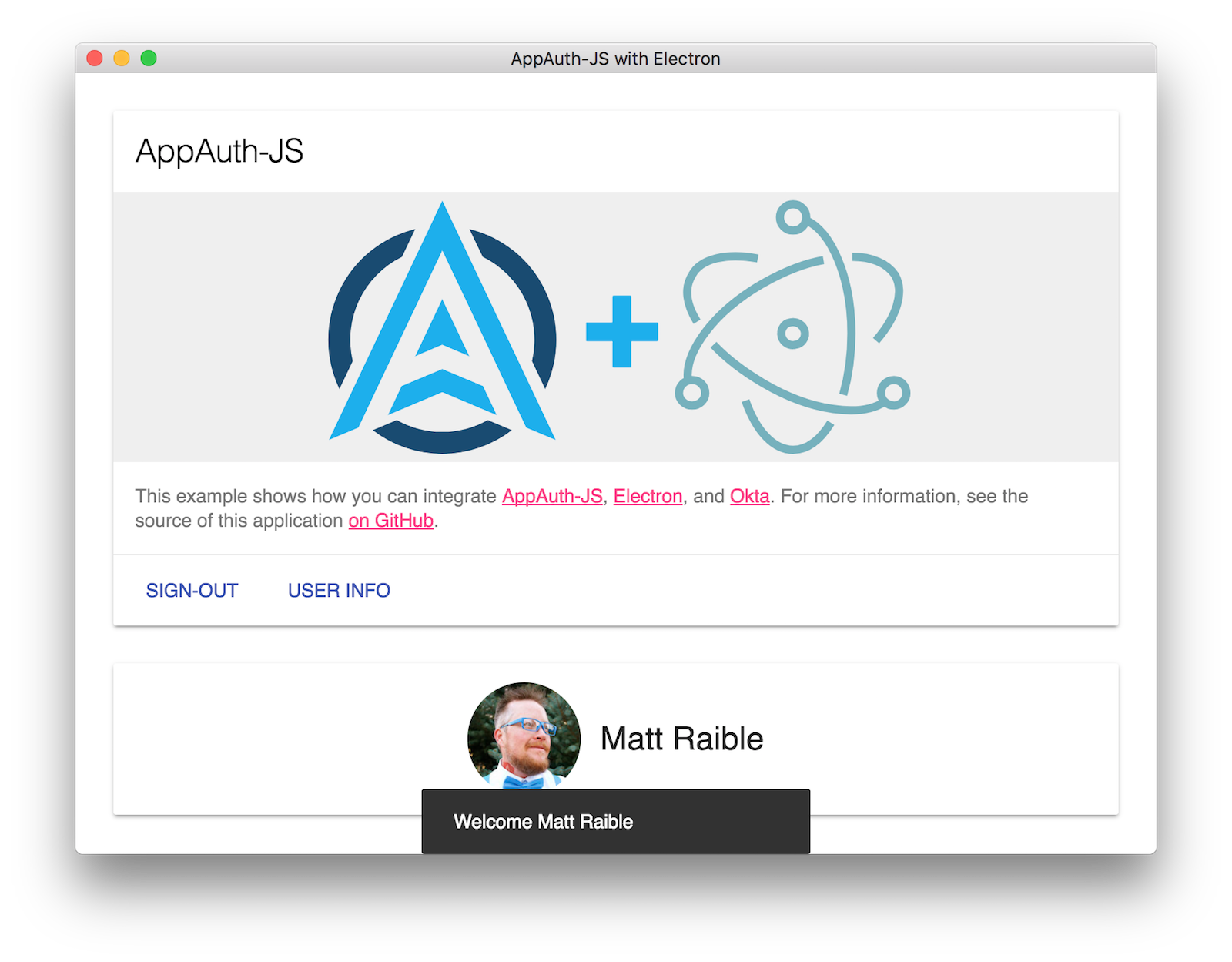
Electron is a framework for building cross-platform desktop applications with web technologies like JavaScript, HTML, and CSS. It was created for GitHub’s Atom editor and has achieved widespread adoption since. Electron powers several apps that I use on a daily basis: Slack, Kitematic, and Visual Studio Code to name a few. Electron 2.0 was released in early May 2018, along with changes to the project to adhere to strict semantic versioning. This is good news...
Build a One-time Password Token for MFA with Okta

Okta has a great multi-factor authentication (MFA) service that you can use right away with a free developer account. It provides additional security by requiring a second factor after authentication and supports a variety of factor types including SMS, soft tokens like Google Authenticator, hard tokens like Yubikey and the Okta Verify soft token with push notification. Google Authenticator and Okta Verify are a type of factor called time-based one-time password (TOTP) tokens. They use...
Build a Basic CRUD App with Angular 7.0 and Spring Boot 2.1
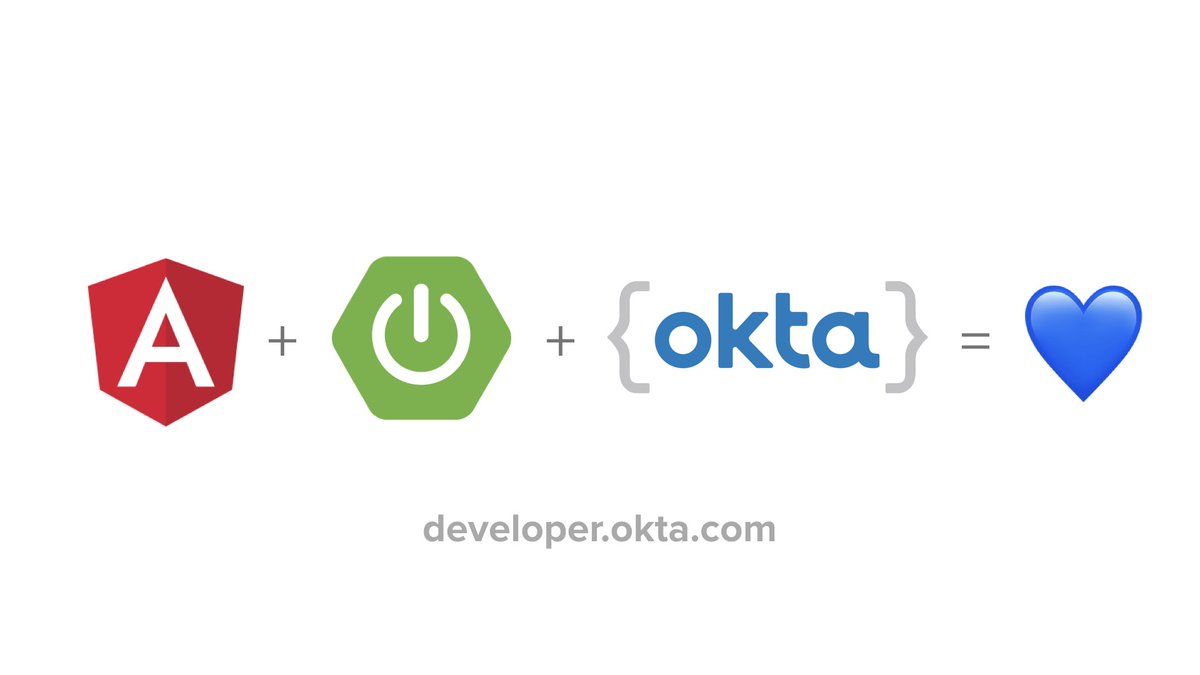
Technology moves fast these days. It can be challenging to keep up with the latest trends as well as new releases of your favorite projects. I’m here to help! Spring Boot and Angular are two of my favorite projects, so I figured I’d write y’all a guide to show you how to build and secure a basic app using their latest and greatest releases. In Spring Boot, the most significant change in 2.0 is its...
Build a Simple REST API with Node and OAuth 2.0
JavaScript is used everywhere on the web - nearly every web page will include at least some JavaScript, and even if it doesn’t, your browser probably has some sort of extension that injects bits of JavaScript code on to the page anyway. It’s hard to avoid in 2018. JavaScript can also be used outside the context of a browser, for anything from hosting a web server to controlling an RC car or running a full-fledged...
Build and Understand a Simple Node.js Website with User Authentication
Building websites with user authentication and management (login, registration, password reset, etc.), can be a huge pain. As a developer there are a million little things you need to worry about: Storing the users in your database Making sure you have the right user attributes defined Forcing users to be logged in to view a page Building registration and login forms Creating password reset workflows that email users a link Verifying new users when they...
Add Social Login to Your Spring Boot 2.0 App
We’ve all seen social login. It’s the “Log in with Facebook” or “Log in with Twitter” buttons we see below every username and password field on the Internet. But why do these exist? The primary benefits of social login are ease of use and security. It’s easier for your users to log into your app if they can use credentials they’ve already created on a a service they trust. They don’t have to come up...
Use React and Spring Boot to Build a Simple CRUD App
Build a Health Tracking App with React, GraphQL, and User Authentication
I think you’ll like the story I’m about to tell you. I’m going to show you how to build a GraphQL API with Vesper framework, TypeORM, and MySQL. These are Node frameworks, and I’ll use TypeScript for the language. For the client, I’ll use React, reactstrap, and Apollo Client to talk to the API. Once you have this environment working, and you add secure user authentication, I believe you’ll love the experience! Why focus on...
Build a Basic CRUD App with Node and React
There are a lot of JavaScript frameworks out there today. It seems like I hear about a new one every month or so. They all have their advantages and are usually there to solve some sort of problem with an existing framework. My favorite to work with so far has been React. One of the best things about it is how many open source components and libraries there are in the React ecosystem, so you...
Use Multi-factor Authentication from the Command Line
Multi-factor authentication is an important tool in your security arsenal. If your password is compromised, your account can still be protected by using high quality second factors, such as Authy, Google Authenticator, or Okta Verify. In this tutorial, I’ll show you how to authenticate, enroll in multi-factor authentication with Okta Verify, and process push notifications – all from the command line using a bash shell script. Why would you ever want to do this? A)...
What Happens If Your JWT Is Stolen?
All of us know what happens if our user credentials (email and password) are discovered by an attacker: they can log into our account and wreak havoc. But a lot of modern applications are using JSON Web Tokens (JWTs) to manage user sessions—what happens if a JWT is compromised? Because more and more applications are using token-based authentication, this question is increasingly relevant to developers and critical to understand if you’re building any sort of...
How to Prevent Your Users from Using Breached Passwords
Not too long ago, the National Institute of Standards and Technology (NIST) officially recommended that user-provided passwords be checked against existing data breaches. Today I’m going to show you how you can easily add this functionality to any website you run using PassProtect, an open-source developer library we created specifically for this purpose. Why Check User Passwords? The new NIST recommendations mean that every time a user gives you a password, it’s your responsibility as...
Add Authentication to Any Web Page in 10 Minutes
× Heads up... this blog post is old! For updated instructions on adding authentication using the Okta Sign-in Widget, see Embedded Okta Sign-In Widget fundamentals. Adding authentication to web pages can be pretty annoying. While I’d like to say that over the course of my programming tenure I’ve learned to easily add authentication to any app I create, my attempts tend to devolve into me bickering with myself endlessly over a User schema and the...
Secure a Node API with OAuth 2.0 Client Credentials
Securing server-to-server API services can be tricky. OAuth 2.0 is an excellent way to offload user authentication to another service, but what if there is no user to authenticate? In this article, I’ll show you how you can use OAuth 2.0 outside the context of a user, in what is also known as the Client Credentials Flow. Instead of storing and managing API keys for your clients (other servers), you can use a third-party service...
Add Authentication to Your Vanilla JavaScript App in 20 Minutes

“Sometimes nothing is good enough” is a phrase that software engineers don’t speak or hear often. In the fast-changing world of web development, there is no shortage of bleeding-edge JavaScript frameworks promising to make your life easier or inch out its predecessors. You may ask yourself if it is even possible to build a modern web application without one of these frameworks, let alone add secure authentication. Well, it is! Vanilla JavaScript is frequently used...
Simple Multi-Factor Authentication in Node

If you’re building a web application, chances are you’re going to want to serve different content depending on the user. Authenticating users can be complex for many reasons. The most straightforward route is to allow users to sign in with a username and password. The problem with this is, no matter how strongly you hash passwords, there’s no stopping someone from guessing that your user’s password is hunter2, letmein, or correct horse battery staple. Maybe...
Build Secure Node Authentication with Passport.js and OpenID Connect

Building local or social login in Node can be simple with Passport.js. There are over 500 strategies already built that make it easy to wire up identity providers. But what do you do if your identity provider doesn’t already have a pre-built strategy? Do you have to build all that stuff yourself? Absolutely not! You can use generic strategies for Passport.js that make it easy to use your provider of choice without writing all the...
Multi-Factor Authentication: 4 Challenges Faced by Developers
Multi-factor authentication (MFA) is the most reliable way to ensure the security of your users’ PII (personally identifiable information), and with Okta it’s easier than ever to implement in your application! Why is MFA super-secure? It’s simple: While a user may have a terrible password, many additional factors are inherently immutable. Some common second factors of authentication include a text message with a one-time use code, called SMS verification, a code that refreshes regularly in...
Simple Node Authentication
Authenticating users for Node.js/Express.js web apps can be difficult. You have to set up a database, define a user schema (or use something more flexible like NoSQL), write code to handle password hashing, etc. It’s annoying. Using Okta’s API service, however, you can easily register and log in users to your Node website using our OpenID Connect integration. Note: In May 2025, the Okta Integrator Free Plan replaced Okta Developer Edition Accounts, and the Okta...
Build a React Native Application and Authenticate with OAuth 2.0
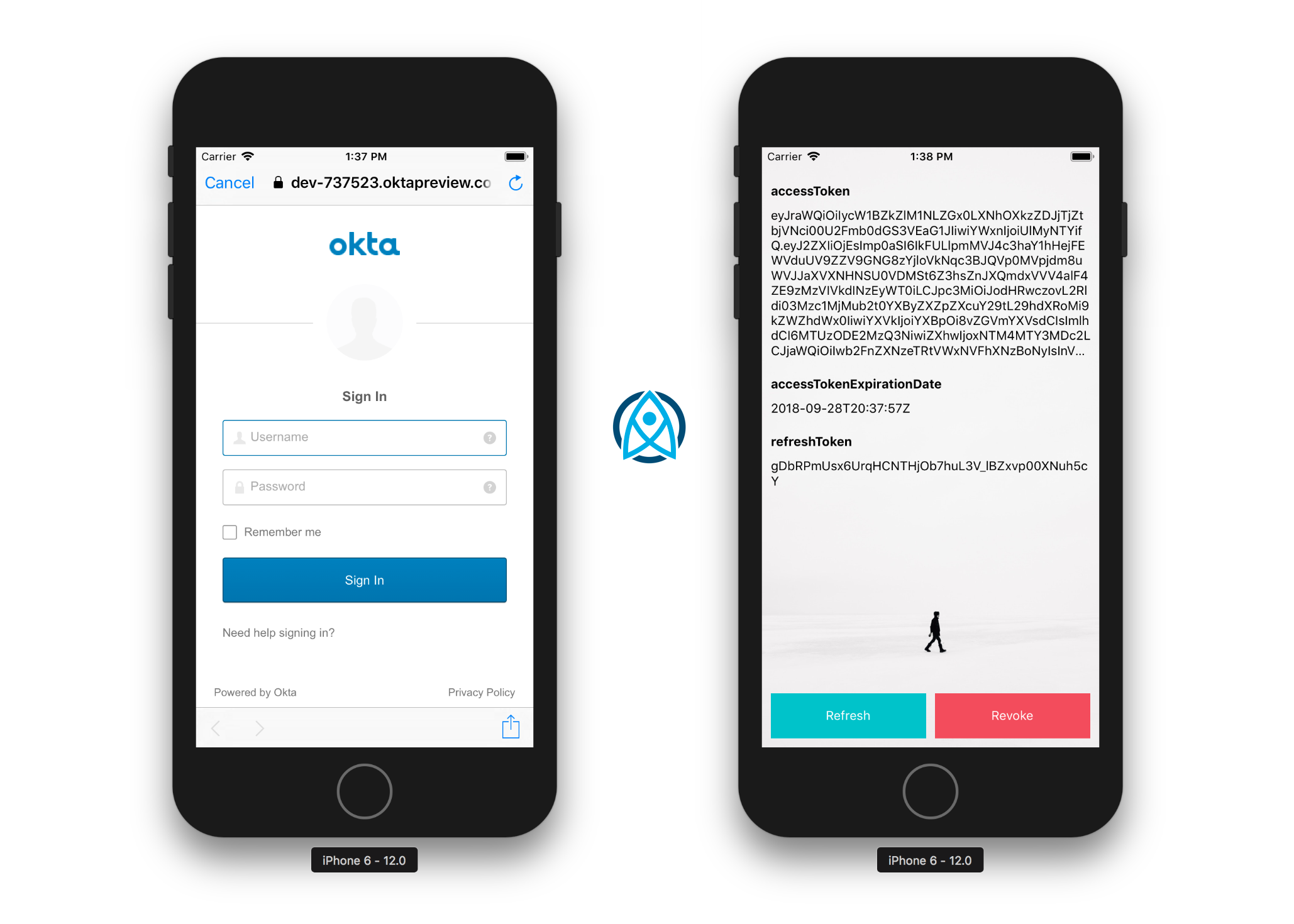
With Okta and OpenID Connect (OIDC) you can easily integrate authentication into a React Native application and never have to build it yourself again. OIDC allows you to authenticate directly against the Okta API, and this article shows you how to do just that in a React Native application. Today you’ll see how to log a user into your React Native application using an OIDC redirect via the AppAuth library. React Native is a pretty...
Set Up and Enforce Multi-Factor Authentication with the Okta API
So, you’re building a custom app and you need to include support for multi-factor authentication (MFA). Did you know that Okta’s API can support multi-step MFA workflows? The diagram below shows the primary authentication flows with MFA enrollment and enforcement enabled. Okta has a push-based verification app called Okta Verify. It’s available on the Google Play and Apple App stores. Okta Verify is similar to Google Authenticator, except it adds the additional feature of supporting...
Protect Your Cryptocurrency Wealth Tracking PWA with Okta
Cryptocurrencies are all the rage. Over the last year, the value of Bitcoin alone has risen 1,603%, driving more and more people to wonder if they’re missing out on the “next big thing.” Because of the massive influx of money into cryptocurrencies like Bitcoin, Ethereum, Monero, and Ripple — blockchain technology (which is the foundation of all cryptocurrency) has become an area of intense technical study. At its core, blockchain technology does nothing more than...
Bootiful Development with Spring Boot and React
React has been getting a lot of positive press in the last couple years, making it an appealing frontend option for Java developers! Once you learn how it works, it makes a lot of sense and can be fun to develop with. Not only that, but it’s wicked fast! If you’ve been following me, or if you’ve read this blog for a bit, you might remember my Bootiful Development with Spring Boot and Angular tutorial....
Build a Basic CRUD App with Angular 5.0 and Spring Boot 2.0

Technology moves fast these days. It can be challenging to keep up with the latest trends as well as new releases of your favorite projects. I’m here to help! Spring Boot and Angular are two of my favorite projects, so I figured I’d write y’all a guide to show you how to build and secure a basic app using their latest and greatest releases. In Spring Boot, the most significant change in 2.0 is its...
Build an iOS App with Secure Authentication in 20 Minutes
What does it take to build a successful mobile application in today’s ever-changing market? There are (what seems like an infinite) number of design, build, and test cycles performed, just to release your app into the hands of a user. In essence: while Users.love != true { Product.design() Product.rebuild() } Once completed, the real challenge begins – retaining those users. Mostly that means getting users to log in to your app easily, and then never...
Add Single Sign-On to Your Spring Boot Web App in 15 Minutes
Need a secure web server right now? With Spring Boot and Okta, you can spin up an enterprise-quality REST server with complete user identity and authorization management in less than 20 minutes. Out of the box, Spring Boot and its Starter packages supply a near instant production-ready Tomcat server, and Okta hardens your APIs with a variety of OAuth flows just as fast. This tutorial will walk you through the complete process. The cherry on...
Add Authentication to Play Framework with OIDC and Okta
I’ve fallen in love with Play Framework in the past, but then found a more attractive framework in Spring Boot. I fell in love partly because Play was new and sexy at the time, but also because it’s “live reloading” of Java code was a killer feature I’d been looking for. When it added support for Scala in v2.0, I was very excited to learn Scala and discover the power of functional programming. Part of...
Build a Secure Notes Application with Kotlin, TypeScript, and Okta
I love my job as a developer advocate at Okta. I get to learn a lot, write interesting blog posts and create example apps with cool technologies like Kotlin, TypeScript, Spring Boot, and Angular, which I’m about to demo. When it comes to writing Hello World apps with authentication, I can whip one out in a few minutes. That isn’t because I’m a particularly good programmer, it’s because the languages, frameworks, tools, and platforms available...
The Lazy Developer's Guide to Authentication with Vue.js

I’ll happily admit that like many of you, I’m a lazy developer. I tend to look for solutions someone else has already built before I try to build them myself. In the “old days” of the early 2000s, I used to spend a lot more time coding solutions myself. But today many solutions to coding problems are just a keyword search away. In that spirit, I approached this tutorial using keywords – looking for existing...
Meet the New Okta Identity Platform
I’m genuinely excited to announce that today, we’re officially re-launching the new and improved Okta Identity Platform. Everything has been molded to our vision, and we’re aiming to do something we could not before: build the world’s largest authentication-as-a-service platform for developers of all shapes and sizes. The new Okta Identity Platform is our attempt to make authentication and authorization problems a relic of the past. We want to provide beautiful developer libraries across every...
Build an Ionic App with User Authentication
With Okta and OpenID Connect (OIDC) you can easily integrate authentication into an Ionic application, and never have to build it yourself again. OIDC allows you to authenticate directly against the Okta API, and this article shows you how to do just that in an Ionic application. I’ll demo how to log in with OIDC redirect, using Okta’s Auth SDK as well as how to use OAuth with Cordova’s in-app browser; user registration is omitted...
Why JWTs Suck as Session Tokens
JSON Web Tokens (JWTs) are so hot right now. They’re all the rage in web development: Trendy? ✓ Secure? ✓ Scalable? ✓ Compact? ✓ JSON? ✓ With all these amazing things going for JWTs, they seem like an unstoppable hype train headed straight for Stack Overflow fame and fortune! But… today I’m here to talk with you about the downsides of using JWTs. Specifically, why it’s a bad idea to use JWTs as session tokens...
Protecting a Spring Boot App with Apache Shiro
My favorite thing about Apache Shiro is how easy it makes handling authorization. You can use a role-based access control (RBAC) model of assigning roles to users and then permissions to roles. This makes dealing with the inevitable requirements change simple. Your code does not change, just the permissions associated with the roles. In this post I want to demonstrate just how simple it is, using a Spring Boot application and walking through how I’d...
OpenID Connect for User Authentication in ASP.NET Core
In the age of the “personalized web experience”, authentication and user management is a given, and it’s easier than ever to tap into third-party authentication providers like Facebook, Twitter, and Google. And it’s not just the wild, wild web that needs it. Businesses need ways to secure their APIs, and identify users logged into their apps. OpenID Connect is a protocol for authenticating users. It is a specification by the OpenID Foundation describing the best...
Angular Authentication with OpenID Connect and Okta in 20 Minutes
Angular (formerly called Angular 2.0) is quickly becoming one of the most powerful ways to build a modern single-page app. A core strength is Angular’s focus on building reusable components, which help you decouple the various concerns in your application. Take authentication, for example: it can be painful to build, but once you wrap it in a component, the authentication logic can be reused throughout your application. The Angular CLI makes it easy to scaffold...